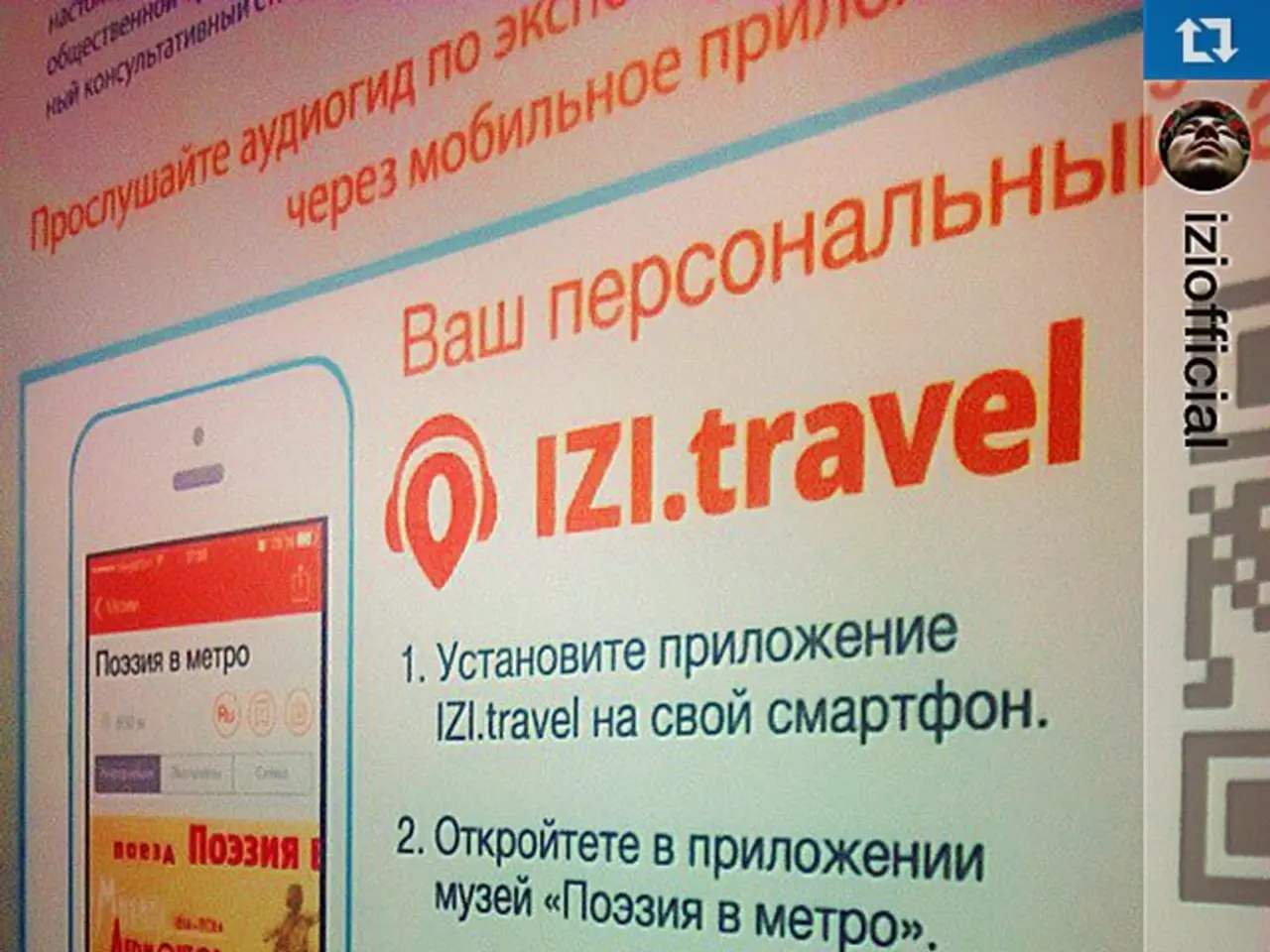Increasing Requirements for Dubbing and Cultural Adaptation Services: Strategies for Attracting Customers
In the rapidly growing global market for dubbing and localization services in the media and entertainment industry, valued at nearly $5 billion by 2028, it's essential for localization vendors to stand out and attract high-value clients. Here's how to do it.
Leveraging AI and Human Expertise
Start by utilising AI-powered localization tools and platforms that seamlessly integrate automated workflows with professional human translators and dubbing artists. Strategic partnerships like Lokalise and Translated demonstrate the potential of this approach, ensuring speed, accuracy, and high-quality results for diverse languages and formats.
Emphasise your ability to deliver culturally nuanced dubbing and subtitles that resonate globally, helping clients expand their reach and engagement across markets such as Southeast Asia, Latin America, and Europe.
Targeting Media Companies
Target media and entertainment companies by showcasing how your solutions can reduce their production timelines and costs while maintaining or enhancing the authenticity of localized content. Highlight case studies of global players like Netflix and Spotify using AI and human-driven dubbing to accelerate international launches, achieve natural voice matching, and create global cultural moments.
Building Strong Partnerships
To broaden your reach and credibility, cultivate strong partnerships with technology vendors, localization platforms, and content creators. Offering pilot projects or demos leveraging cutting-edge AI-assisted dubbing can help showcase your capabilities and build trust.
Identifying High-Potential Clients
A targeted "hit list" of high-potential clients should be created based on a vendor's unique selling proposition (USP) and market intelligence. This list should consist of 10-20 companies that align with the vendor's expertise.
To specialise and be more valuable to the right client, a localization vendor should focus on a niche genre, language, or technology where they can be the undisputed expert. Examples of vendors that have successful niche services or full-service capabilities in the media and entertainment industry include Iyuno, Tanweer, Zoo Digital, Visual Data Media Services, Deluxe, and Prime Focus Technologies.
Connecting with Decision-Makers
The final step in a proactive localization vendor strategy involves connecting directly with decision-makers in the media and entertainment industry, such as Head of Post-Production, Localization Manager or Director, Head of Global Content Operations, and Content Acquisition Executive. Verified decision-makers in post-production and localization can be connected with through membership on certain websites.
Crafting a Winning Pitch
A winning pitch should be personal, insightful, and solution-oriented, referencing the specific project and the vendor's USP, showcasing the value proposition, providing proof of past work, and including a call to action.
Embracing a Proactive, Data-Driven Strategy
The demand for dubbing and localization services is a tidal wave of opportunity, but it requires a proactive, data-driven strategy to win. Platforms like ours offer a global supply-chain intelligence tool for the entertainment industry, allowing localization vendors to execute every step of the strategy, including finding opportunities months in advance, identifying key companies and decision-makers, and getting verified contact details. With this map for localization vendors to win business, you can effectively find and win high-value clients in the media and entertainment dubbing and localization sector.
- Localization vendors can use AI-powered tools integrated with human experts to offer speed, accuracy, and high-quality results for diverse languages and media formats.
- By delivering culturally nuanced content, vendors can help media companies expand their reach and engagement across various global markets.
- Partnerships with technology vendors, platforms, and content creators can broaden a vendor's reach and credibility.
- A targeted list of high-potential clients should be created based on a vendor's unique selling proposition and market intelligence, focusing on niches where they excel.
- Reaching out to decision-makers in media and entertainment companies can help vendors establish connections and close deals.
- A winning pitch should be personal, insightful, and solution-oriented, referencing the specific project and vendor's unique strengths.
- Embracing a data-driven strategy, using tools like global supply-chain intelligence, can help vendors find opportunities, identify key companies, and get verified contact details in the rapidly growing global dubbing and localization industry.




